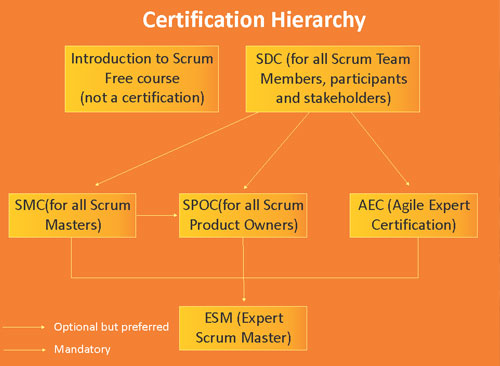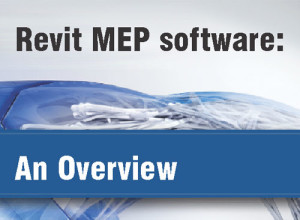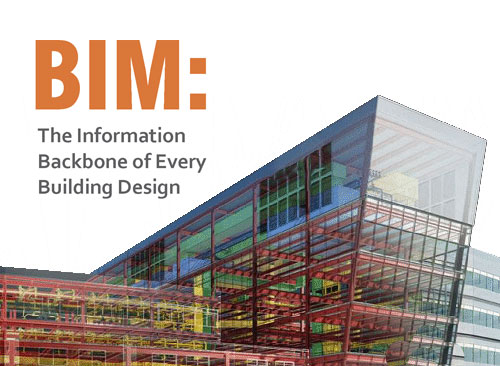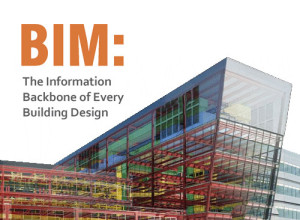Are you good at getting things done? Then a career as a project manager/leader is waiting for you. But, what does it take to be a great project manager?
 Whatever our work is, it might involve dealing primarily with one of the three items: things, data, and people. Someone who is interested to work with things becomes a mechanic or engineer. if a person likes to deal with data, he or she may excel in accountancy or cost estimator. And, the person who is interested working with people may turn out to be a great sales person.
Whatever our work is, it might involve dealing primarily with one of the three items: things, data, and people. Someone who is interested to work with things becomes a mechanic or engineer. if a person likes to deal with data, he or she may excel in accountancy or cost estimator. And, the person who is interested working with people may turn out to be a great sales person.
Irrespective of what we deal with, we get things done. But the question is: are we getting it done, sitting and doing everything ourselves or by delegating the work to people. a manager is someone who gets things done by delegating jobs to people.
Then who is a project manager? This question takes us to the definition of project. a project is a temporary endeavor undertaken to achieve a unique result: a product, service or some other value. It is temporary because it has a start date and end date.
Routine or repetitive work where deadlines are not crucial is production work or operations. Book keeping is a good example for operations, while designing a new product, can be considered as a project.
Managing such a project entails things like defining the project in terms of goals, requirements; writing down tasks; scheduling; arriving at hr and cost estimates, and so on. A project manager is someone who is responsible for all these things.
Project management probably about dealing with data (predominantly, that is) – as he or she sets out to achieve a quantifiable goal or measurable object, under a deadline, and cost. Project management is a growth industry. The discipline of project management can be the important competence that improves performance of an organization. Hence, the demand for project managers and leaders is on the rise.
Project management is taught in many universities, colleges, and of course, at CADD centre, we provide a number of courses on PPM using Primavera, MS Project, and also Asta Powerproject software tools. In addition to learning traditional concepts and comprehensive software tools, one is expected to be familiar with, to go by surveys done in the recent years, some of the following aspects of project management:
Agile management:
Agile as an English word refers to the ability “to move quickly and easily” (example: “as agile as a monkey”; “an agile mind”). at the heart of agile management is, the agile manifesto and 12 agile principles.
Agile development is based on an iterative, incremental method, and the entire approach to structuring work and reporting progress is completely different. Its highest priority is to satisfy the customer through early and continuous delivery of value.
Extreme management:
Extreme project management differs from traditional project management mainly in its open, elastic and undeterministic approach. But it is not entirely new. The methodology gets its name because it takes good old “best practices” to extreme levels.
The main focus of XPM is on the human side of project management (e.g. managing the stakeholders of the project), rather than on intricate scheduling techniques and heavy formalism.
Note: while the traditional “water fall” method of project management can prove to be adequate for simple projects, agile and extreme management concepts are suitable for managing especially uncertain and complex projects.
PMI’s Portfolio Management Professional (PFMP)sm
If you’re a portfolio manager looking to demonstrate a proven ability to manage and align a portfolio of projects and programs to realize organizational strategy and objectives; increase your visibility and value with your organization; and separate yourself in the eyes of employers, the PFMP credential, offered by project management institute, is right for you.
PFMPsm credential recognizes the advanced experience and skill of portfolio managers. The PFMPsm demonstrates your proven ability in the coordinated management of one or more portfolios to achieve organizational objectives.
PFMPsm credential holders are responsible for the execution of the portfolio management process, communication around portfolio progress, and recommendations for action. Where project and program managers are responsible for “doing work right,” this is an ideal credential if you are responsible for ensuring your organization is “doing the right work.”
Emergent leadership:
There’s a never-ending quest to find the right leadership model for projects. Many organizations have long-abandoned the old command and control model. They, instead, go for more collaborative – if not let go – approaches. Many project managers find emergent leadership as a perfect fit.
Because, emergent leadership accommodates both “command” and “let go”. anyone in the team can step in when there is something to contribute (“command”), and step out when there is nothing to contribute (“let go”). Both a philosophy and a set of leadership practices, emergent leadership is about democratized leadership based on participatory approach.
Benchmarking/key performance indicators:
Every organization wants to know how its pm practice compares with others in the same industry. Just calling yourself “world class” doesn’t make you so unless you’ve got some data to back it up. Benchmarking is now placed into the forefront for many organizations, as it provides them with an opportunity to see just how really “good” they are.








